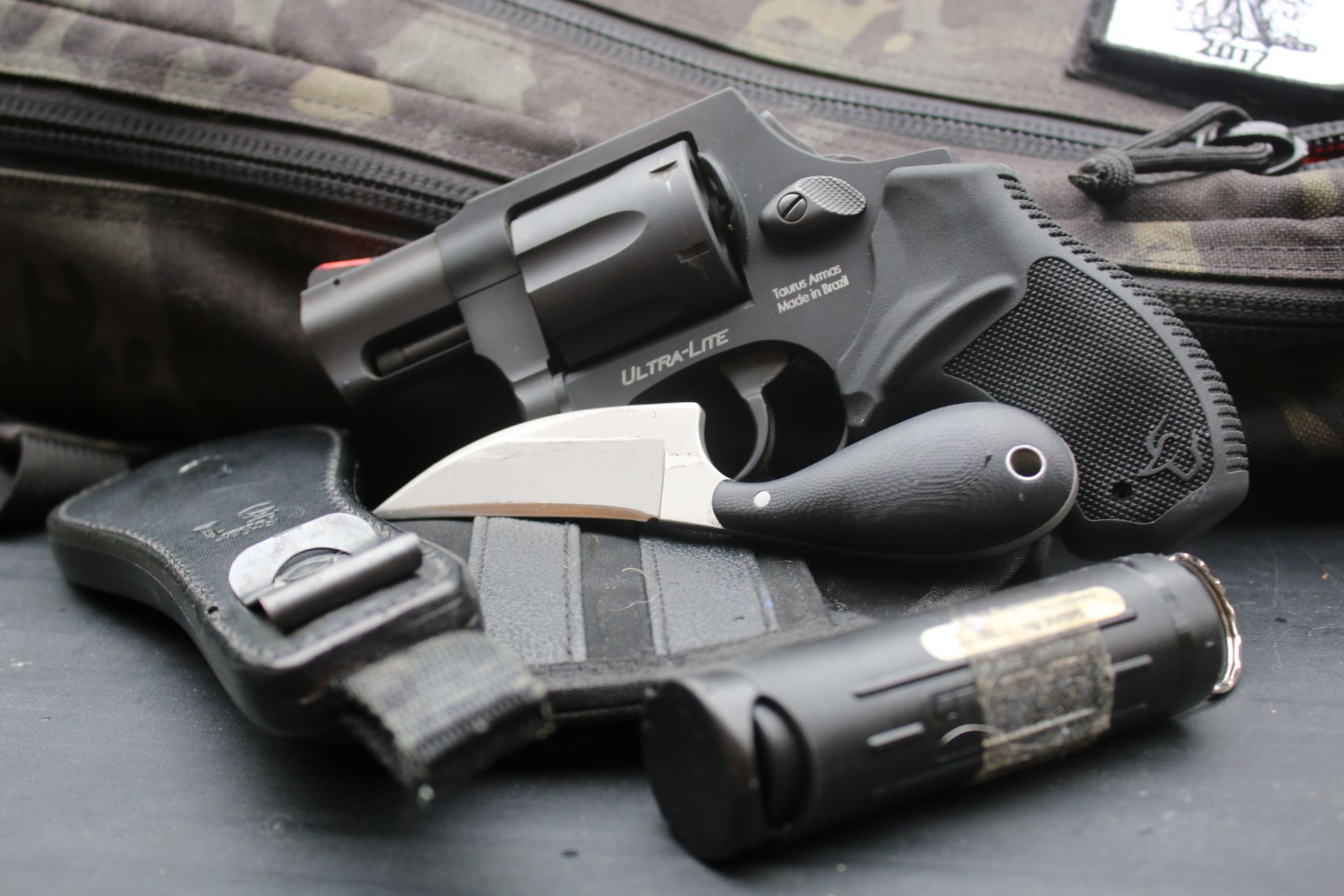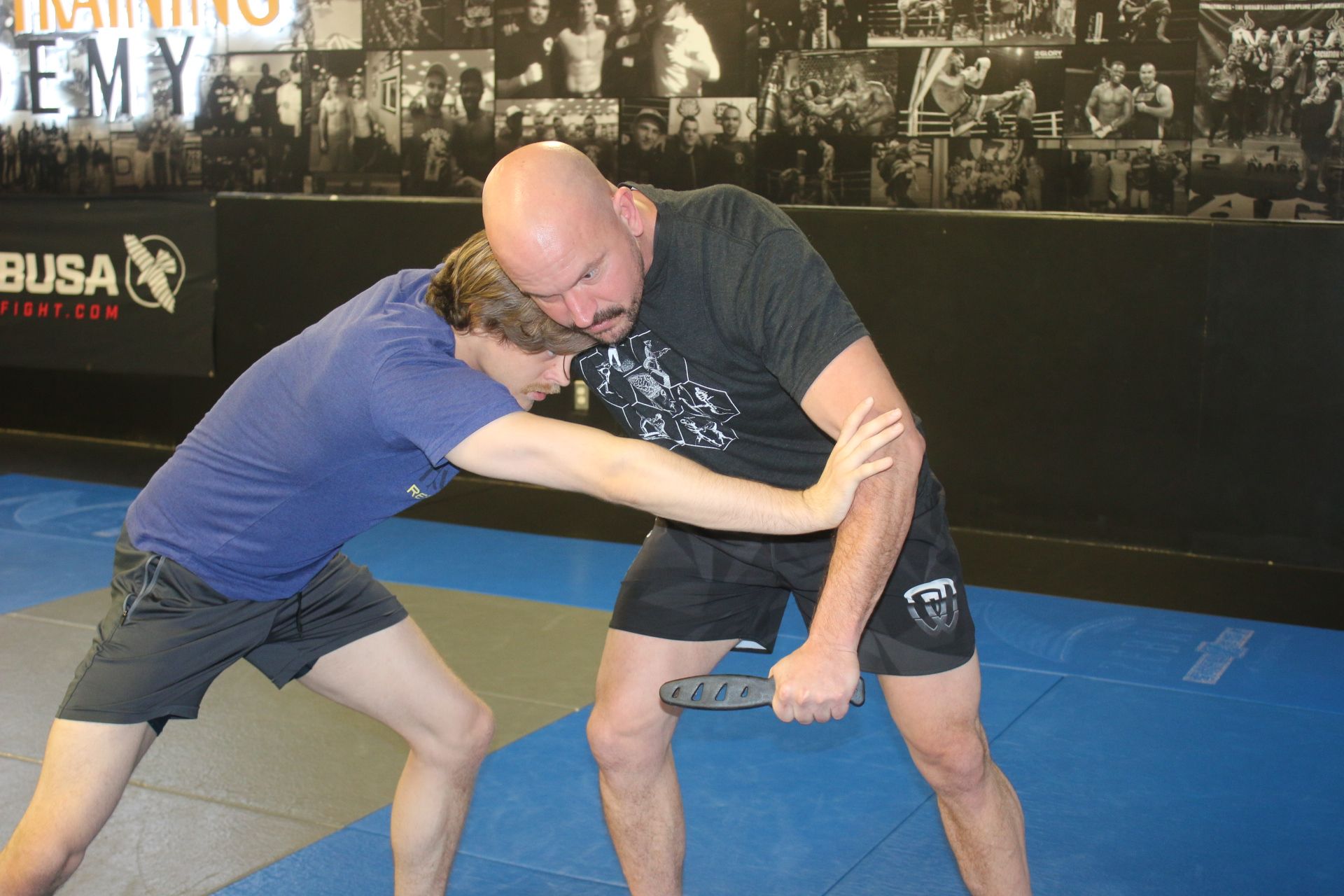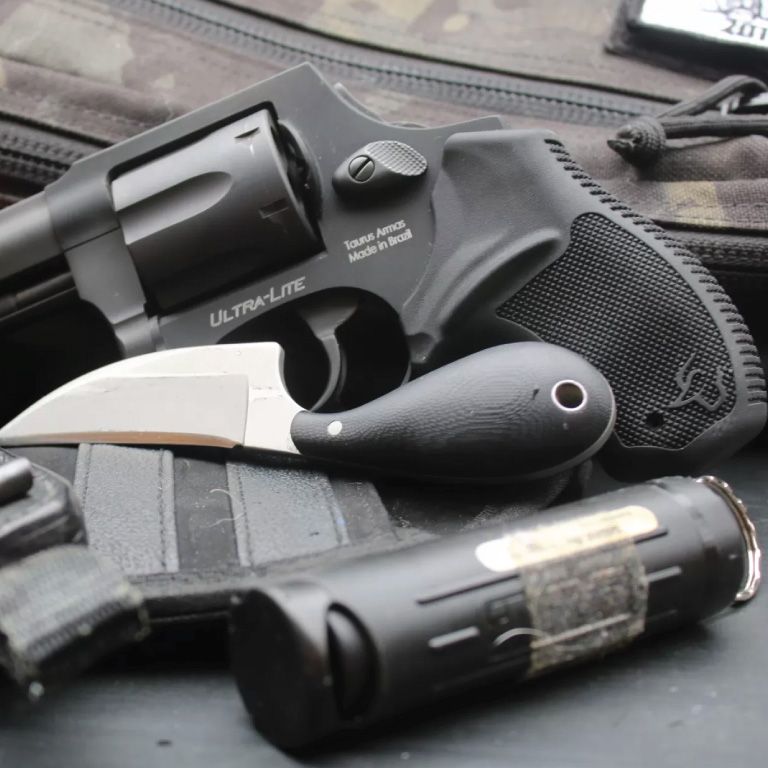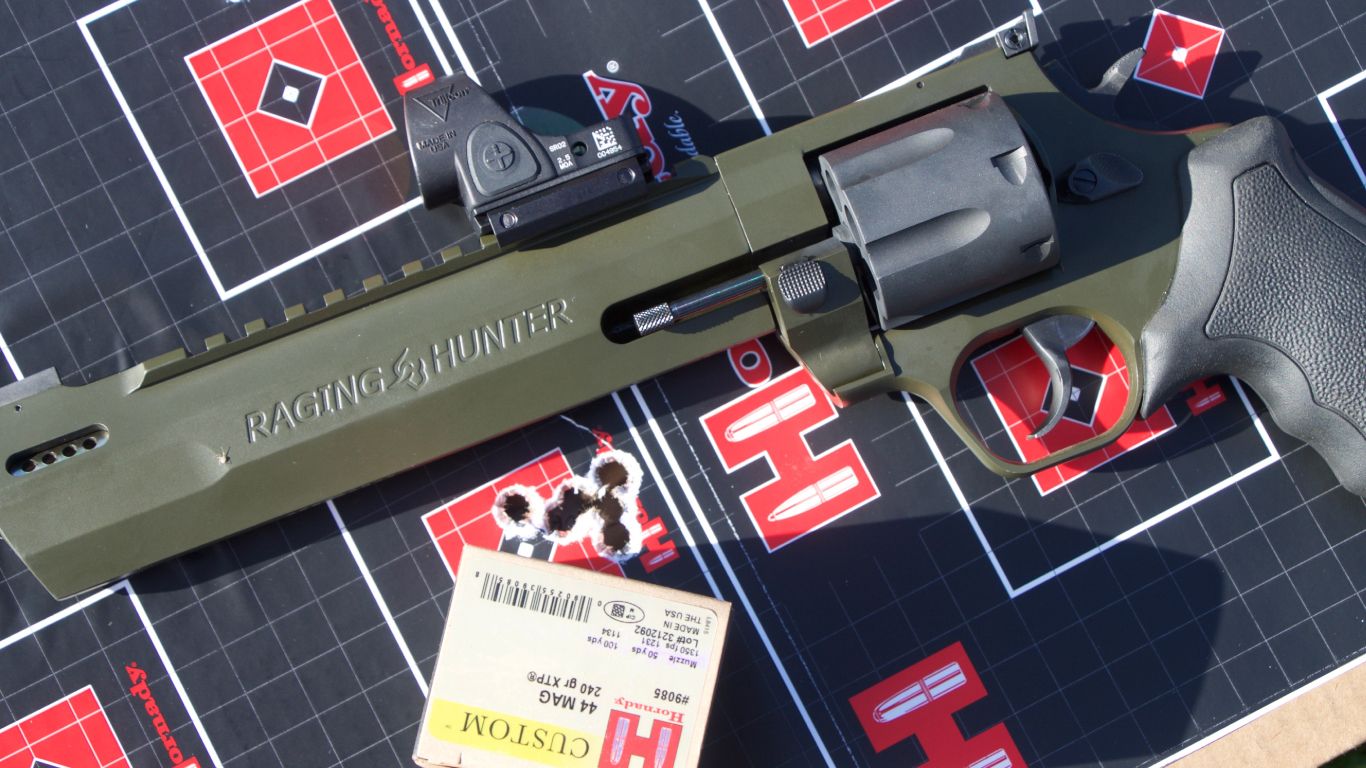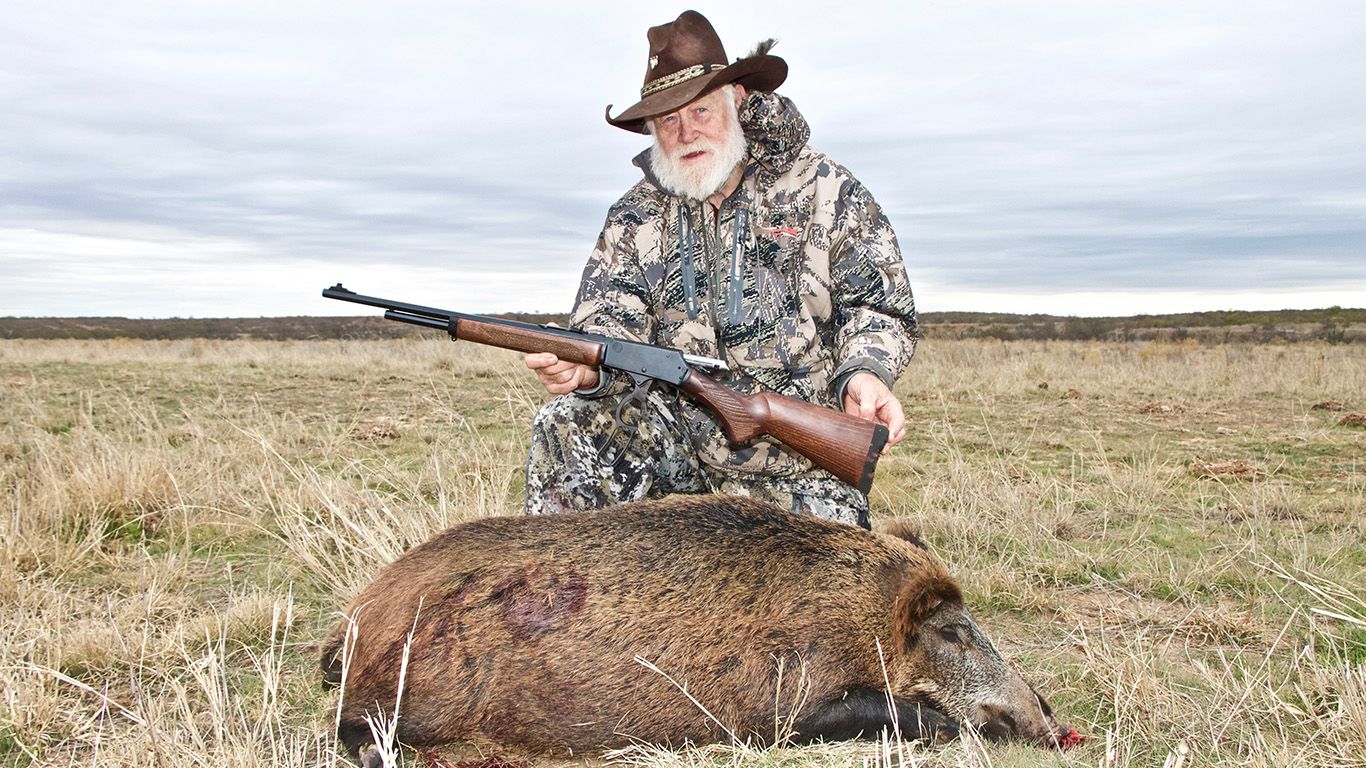Written by Mark Luell
A common line of questions in the personal-protection space revolve around defending yourself from a larger and stronger attacker. This is a valid concern and one that deserves some consideration. Weight classes in sports like MMA and boxing underscore the significance of size in a fight; indeed, weight moves weight, and what works for a 250-pound individual may not yield the same results for someone weighing 140 pounds. Complicating matters further is the reality that criminal assaults typically occur at a time that favors the criminal the most, and the victim the least, making it a challenging scenario to train for effectively. But there are some best practices we can investigate.
Carrying Weapons
The ideal solution for this problem revolves around carrying weapons. The options vary from less-lethal tools like pepper spray and impact tools to lethal weapons like knives and firearms. Each of these tools require specific training in both their application as well as the legal framework surrounding their use. Carrying a weapon is not enough; competence is key.
However, the efficacy of weapons hinges on them being available when the confrontation happens. This requires a daily commitment to carrying and living with them. Pre-fight tool access requires one to see the problem coming, which requires a shift in habit and mindset. Staying vigilant and minimizing distractions such as unnecessary cell phone use in public spaces goes a long way to provide the crucial time and space needed to deploy a tool before the assault escalates.
If you missed the cues and find yourself in the middle of an assault, basic grappling competence allows safe access to your concealed weapons. Coincidentally, grappling is also the most practical empty-hand martial arts base. When you safely enter a standing clinch, you can prevent your opponent from striking effectively or accessing their weapons. This gives you the chance to retaliate, access your own weapons, or safely disengage. I encourage you to find a competent coach who understands this idea and train with them.
Empty Hand Self Defense Training
When considering empty-handed combatives programs or defense training, choose arts that include some sort of sparring or testing which will help develop skill and confirm the techniques work against opposition. Also, generally avoid arts that hinge on striking or “dirty fighting” techniques like groin kicks and eye-gouging. Pure striking exposes you to fight ranges that allow the adversary to deliver reciprocal strikes, while “dirty fighting” techniques are unsafe to practice at speed and not predictable fight stoppers, which undermines them as a base tactic. That said, striking and “dirty fighting” do complement a grappling-based approach very well.
Ultimately, there are no quick fixes or magic solutions to the challenge of defending against a larger assailant. It's an uphill battle for smaller individuals, requiring dedication across multiple skill domains. Yet, with the selection of a good program, diligent effort, and a commitment to training, viable solutions do exist. The key lies in doing the work necessary to attain competency and readiness in various aspects of self-defense.
